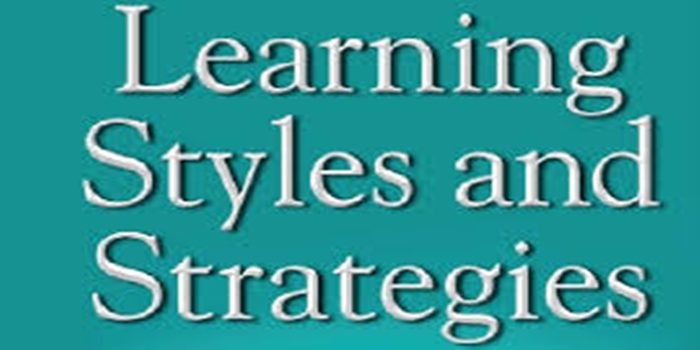In this article, we discussed the meaning of learning styles and strategies, the common learning styles, the examples and benefits.
Definition
“Learning styles” refer to how individuals prefer to process information, whether it be through visual aids, listening, hands-on activities, or reading/writing, while “learning strategies” are specific techniques or actions a person uses to effectively learn based on their preferred style; for example, a visual learner might use mind maps, an auditory learner might listen to podcasts, and a kinesthetic learner might participate in imitations to retain information best.
Common learning styles include:
Visual learning
People who learn best by seeing information in images, diagrams, charts, and graphs
They often doodle or make visual notes to help them retain information
They prefer information presented in a visual format
Auditory learning
People who learn best by hearing or speaking information
They are prone to sorting their ideas after speaking
They may find it helpful to say things out loud to understand concepts
Kinesthetic learning
People who learn best by doing, or through physical movement
They may prefer playing games or doing puzzles as part of the learning process
They are also sometimes referred to as tactile learners or body smart learners
Interpersonal learning
People who learn best through social interaction, conversation, and discussion
They may integrate their learning into memory through social cues
Solitary learning
People who prefer to learn independently
Also known as intrapersonal learning
It’s generally identified as one of the most common types of learning styles for adults.
Examples of learning styles include:
Visual Learners:
Prefer learning with pictures, graphs, diagrams, and videos.
Example strategy: Using mind maps to visualize concepts.
Auditory Learners:
Learn best by listening to lectures, discussions, and audio recordings.
Example strategy: Participating in class debates or listening to podcasts.
Kinesthetic Learners:
Learn through hands-on activities, movement, and physical experiences.
Example strategy: Role-playing scenarios or building models.
Reading/Writing Learners:
Prefer to learn by reading text, taking notes, and writing summaries.
Example strategy: Journaling thoughts and ideas after a lesson.
Benefits of learning styles and strategies:
Individualized learning:
Recognizing that everyone learns differently allows for customized learning approaches, catering to individual strengths and weaknesses.
Improved comprehension:
When learning materials are presented in a format that aligns with a learner’s preferred style (visual, auditory, kinesthetic, etc.), information is more easily absorbed and understood.
Increased motivation and engagement:
When students feel like their learning needs are being addressed, they are more likely to be actively involved and motivated to learn.
Better study habits:
Understanding one’s learning style helps individuals develop effective study strategies, like using visual aids, listening to recordings, or practicing hands-on activities.
Enhanced self-awareness:
Reflecting on personal learning preferences promotes self-understanding and can lead to increased confidence in learning abilities.
Adaptability to different learning environments:
Knowing one’s learning style enables learners to adjust their approach based on the learning situation, like studying alone or collaborating with others.
Effective teaching practices:
Educators can tailor their teaching methods to accommodate diverse learning styles within a classroom, leading to better learning outcomes for all students.
Conclusion
“Learning styles” refer to an individual’s preferred method of processing information, such as visual (learning by seeing), auditory (learning by hearing), reading/writing (learning through text), or kinesthetic (learning by doing), while “learning strategies” are specific actions or techniques a person uses to effectively learn, which can be tailored to their dominant learning style to maximize comprehension and retention; understanding your learning style allows you to choose appropriate strategies to engage with new information.

